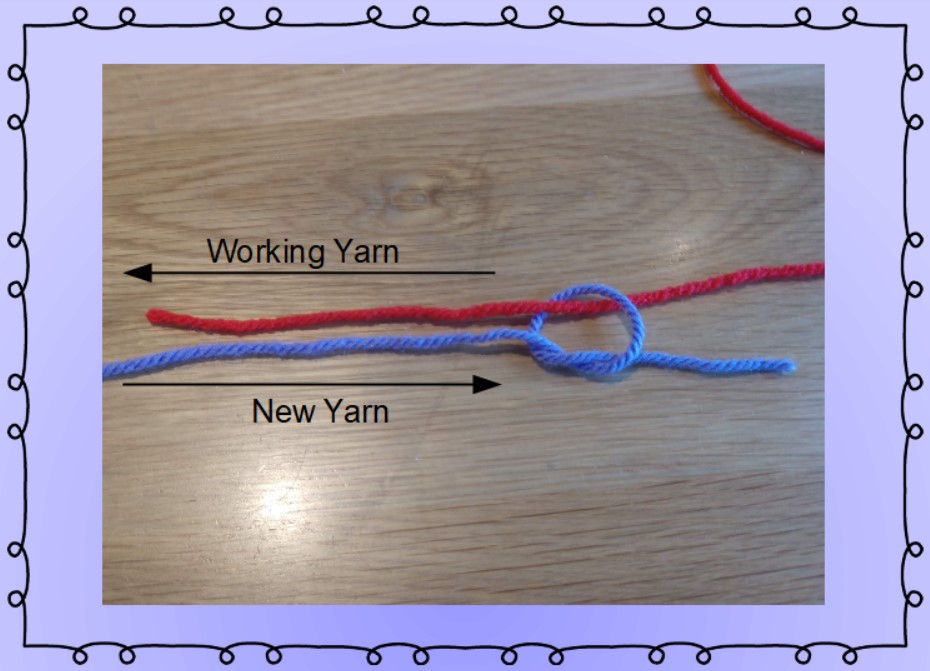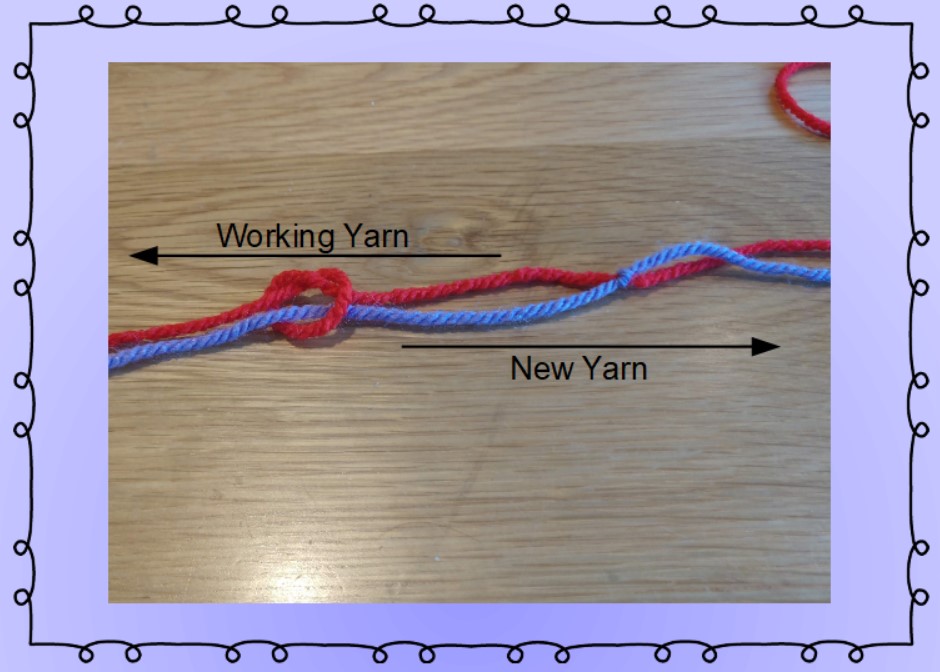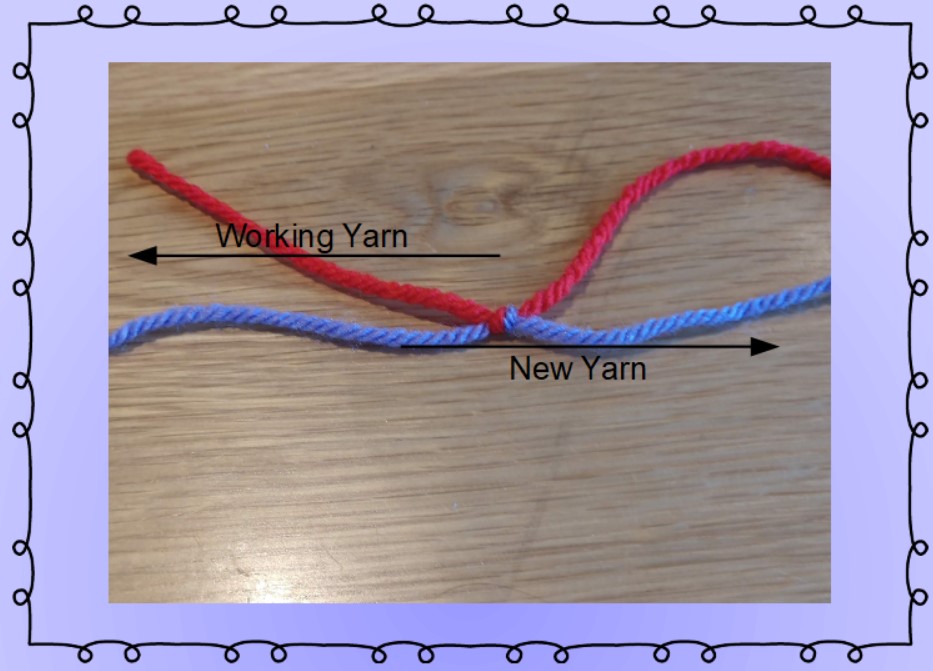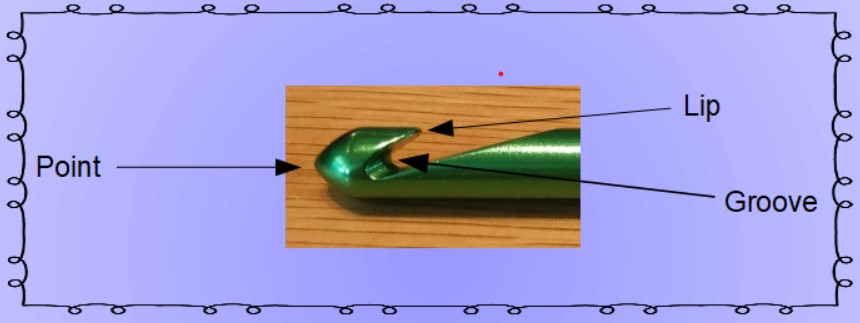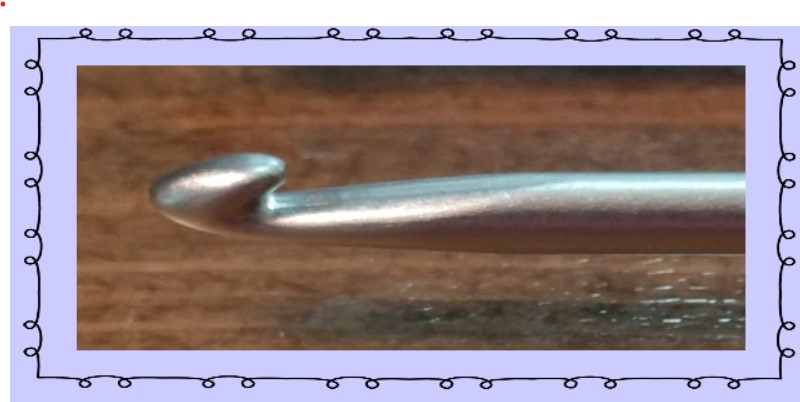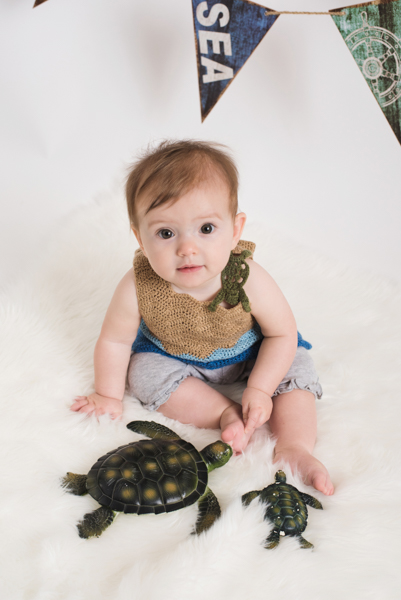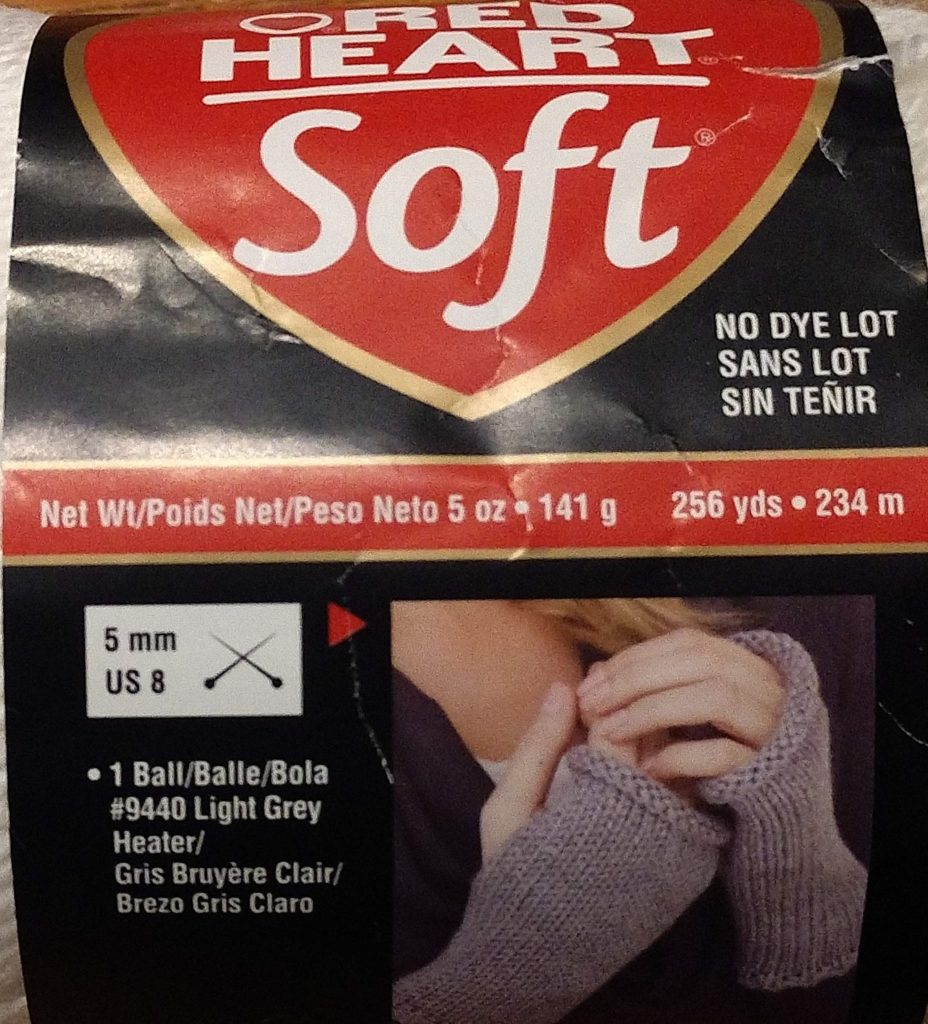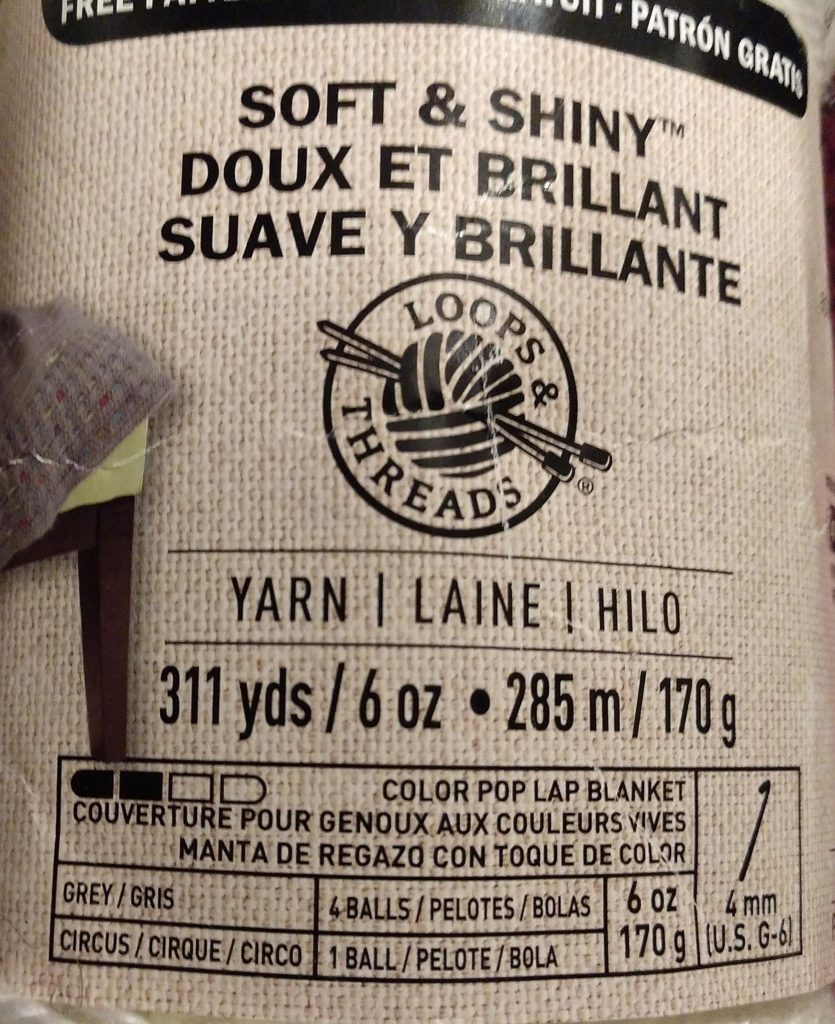How Do You Turn Your Work?
You may not have ever thought of this, but it’s something worth paying attention to. What do you do at the end of a row when it comes time to turn your work?
The crochet world has a few inconsistencies, and this is one of them. It’s rarely even mentioned in patterns, and it can make a huge difference in your edges! I’m not talking about whether you chain first and then turn, or turn and then chain.
I’m talking about the specific direction you actually turn your work over. If you’re right handed, and you’re working in rows (not rounds as in a circle), when you come to the end of a row, you’re on the left corner.

If you imagine your work as though you were holding a book, you can visualize it like this. You can turn the lower right corner of your “page”, keeping your working yarn and stitch stable, like the spine of the book. When you do this, your working yarn wraps behind your work and keeps the yarn in the back where you typically are carrying it in your work. It also puts a little bit of tension on the outside of the stitch, which can help keep your edges flush and tight.

The other way is kind of flipping back a page in a book. You’re turning your work and bringing your working yarn to the front of your work. This also places some tension on the outside stitch, but might result it a bit of a bump. But, bumps can always be covered by a border, so you really have to figure out what feels more natural to you and what result you like.
I personally prefer the first way. But I used to always do the second way until I checked for the differences. This picture shows how different my edge stitches look using both methods. It took some time and conscious remembering to change that habit, but I’m much happier with the results!

So, how do YOU turn your work?




